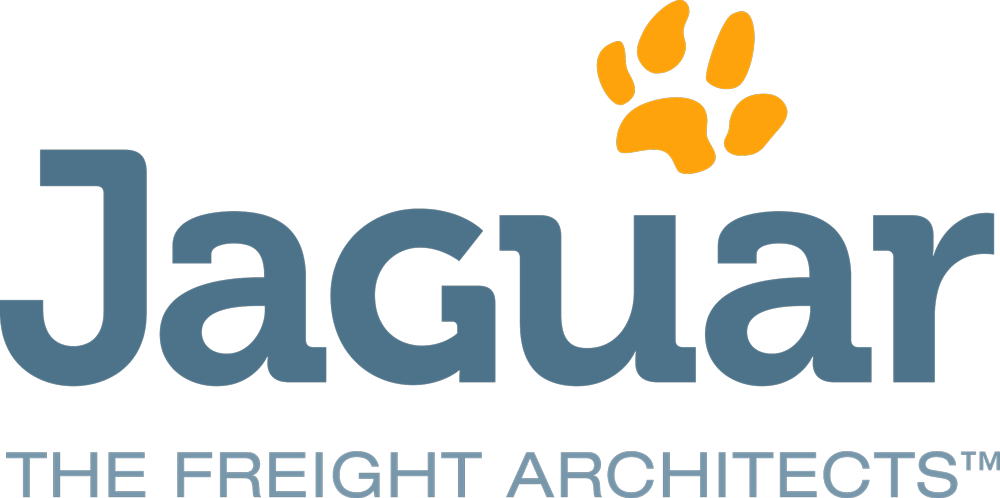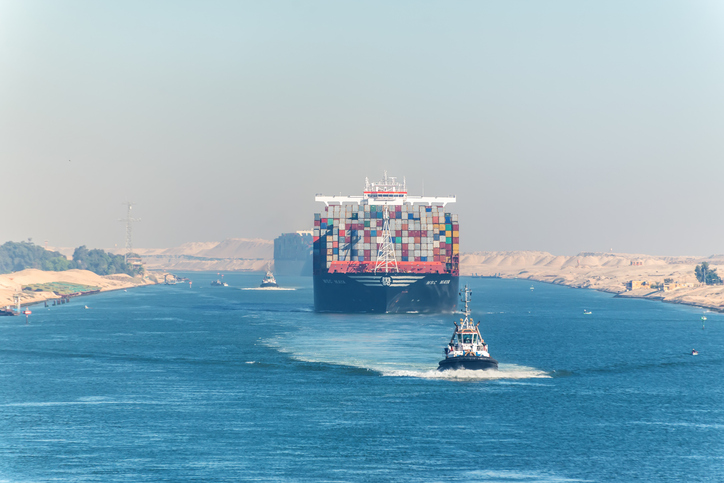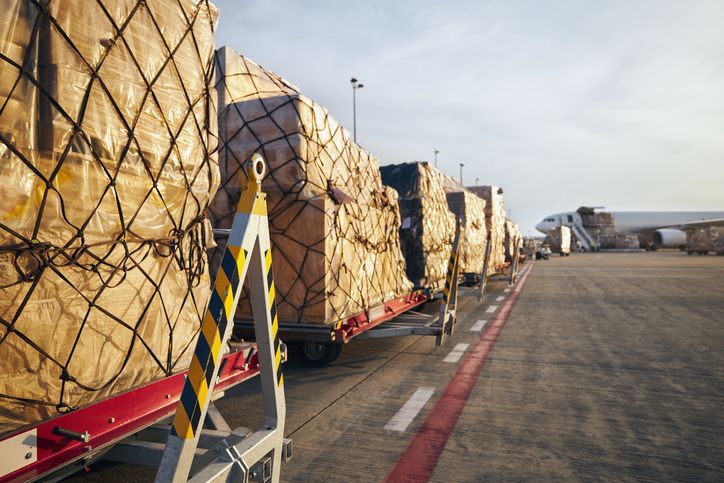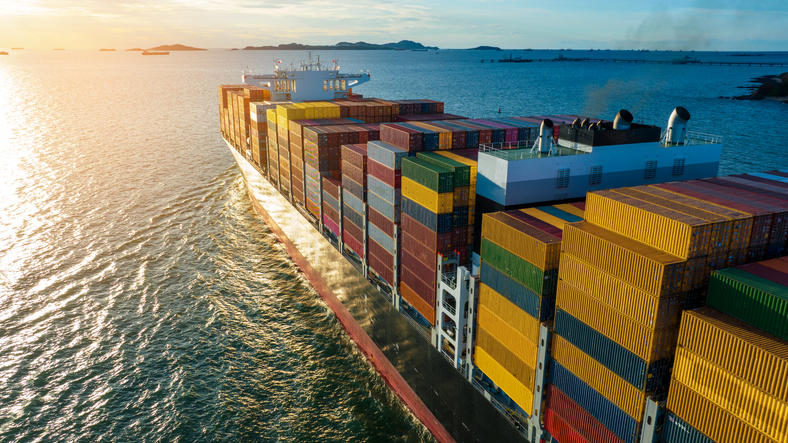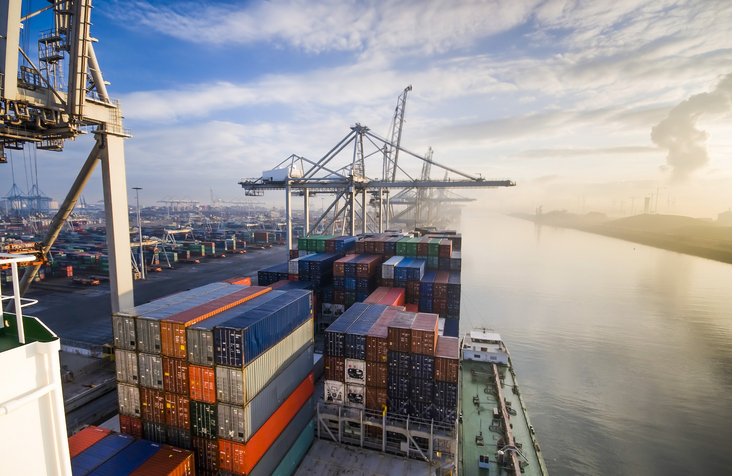
The Weekly Roar
In this week’s Roar: A Suez Canal update, turbulence in air cargo, trade compliance, tariffs and uncertainty for manufacturers, and the top tech trends of 2025.
Renewed hostilities in the Red Sea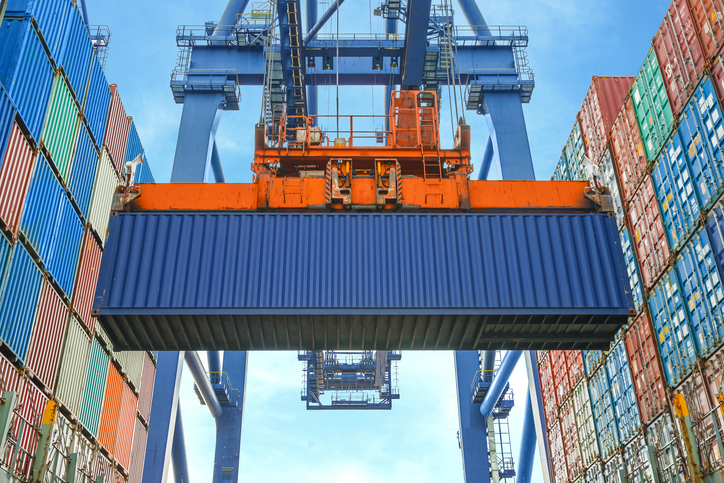 mean hopes are fading for container lines when it comes to resuming Suez Canal transits. Yemen’s Houthi rebels launched missile and drone attacks on U.S. warships following American airstrikes in Yemen. The President justified the strikes, saying he’s protecting Red Sea shipping, although experts link them to pressure on Iran. The Houthis also vowed to resume attacks on Israel-linked vessels. MSC CEO Soren Toft continues to reiterate that the Suez Canal remains unsafe, and analysts are predicting that risk will continue.
mean hopes are fading for container lines when it comes to resuming Suez Canal transits. Yemen’s Houthi rebels launched missile and drone attacks on U.S. warships following American airstrikes in Yemen. The President justified the strikes, saying he’s protecting Red Sea shipping, although experts link them to pressure on Iran. The Houthis also vowed to resume attacks on Israel-linked vessels. MSC CEO Soren Toft continues to reiterate that the Suez Canal remains unsafe, and analysts are predicting that risk will continue.
No surprises here. Trade tensions and tariff uncertainty are disrupting the air cargo market. Freight forwarders are delaying Block Space Agreement negotiations, while shippers prefer short-term contracts. And carriers are reconsidering freighter capacity, looking at shifting routes away from China. In February, global air cargo volumes rose 4% year-over-year, with spot rates up 10%. But e-commerce demand slowed, and changes like the de minimis exemption contributed to a 29% month-over-month drop in Shanghai-U.S. spot rates, signaling further volatility in global airfreight pricing.
A recent survey of 887 international trade professionals shows that high-growth companies (over 15%) are more likely to view trade compliance as a strategic advantage, with 39% considering it a “competitive weapon,” compared to 22% of slower-growing firms (less than 5% growth). High growth organizations often allocate more resources to compliance and are more inclined to see technology as a competitive edge in trade compliance—72% versus 41% of slower growing companies. Primary compliance priorities included global trade compliance (56%), cybersecurity (41%), and environmental, social, and governance compliance (37%).
The Trump administration’s implementation of 25% tariffs on Canadian steel imports has created uncertainty among manufacturers, particularly small and medium-sized businesses. One issue is that it complicates decisions regarding supply chain restructuring and sourcing strategies. The National Association of Manufacturers warns that these tariffs could disrupt supply chains that once bolstered U.S. manufacturing competitiveness, with smaller firms facing heightened challenges due to limited flexibility and resources. Industry groups are hoping for a balanced approach that will safeguard U.S. interests without jeopardizing essential foreign supplies, emphasizing that stability will support growth.
What are the top tech trends for 2025? According to Gartner, they’re driven by two things—the need to leverage emerging technologies and intelligent tools that boost competitive edge and operational efficiency. To name a few, they include embedding AI into supply chain processes, technologies like AR and VR to empower employees, interfaces that allow interaction through voice, gesture, and touch, 3D imaging to automate quality control, robots to work beside human teams, and more.
For the rest of the week’s top shipping news, check out the article highlights below.

